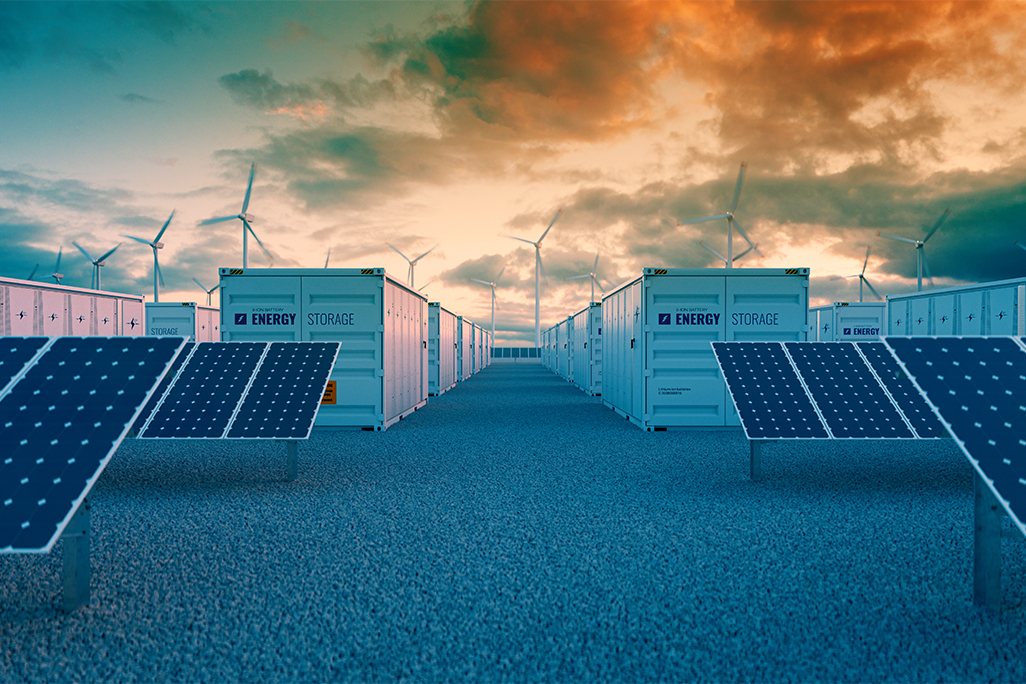Smart power | What low-carbon asset managers need to know about the UK Electricity Generator Levy
Published on 14th March 2023
What contracts are affected by the levy, how is it calculated and how will liabilities be apportioned?

The Electricity Generator Levy announced as part of the Autumn Statement in November last year imposes a 45% tax on "extraordinary returns" from UK green generation by renewable, nuclear and biomass assets in the UK. What are the implications for low-carbon asset managers?
What contracts do asset managers need to check?
Asset managers need to check contracts to consider whether provisions such as change of law, revenue sharing and price reopening are affected by the levy. Project arrangements during any aspect of an asset's lifecycle may be impacted.
Obvious arrangements to check are power purchase agreements and contracts for difference, as well as. hedging contracts. However EPC (engineering, procurement and construction) contracts and O&M (operation and maintenance) contracts may also be affected, as prices in these may have been calculated based on expected asset revenue prior to the levy. Any other contracts that might relate to generation revenues or revenue sharing, such as leasing arrangements and share purchase agreements, will need to be checked.
How is the levy calculated?
Asset managers need to look at the revenue and output of assets within their portfolios and group ownerships of these assets, to understand how the levy will be calculated.
The levy is calculated at group level, applying to groups generating more than 50 GWh per annum of electricity from in-scope generation assets. A "group" consists of the ultimate parent, its 75% subsidiaries, and 75% subsidiaries of those subsidiaries. Separate provisions apply to joint ventures.
If the generator that owns the relevant asset sells intra-group to other group members, this revenue can form part of the generation receipts used to calculate the levy, if the output is sold on wholesale market terms and there is no on-sale of that generation into the wholesale market.
Flexible technologies such as pumped storage hydroelectricity and battery storage are exempt from the levy, creating welcome news for asset managers in these spaces. However, hybrid asset managers will need to separate revenue streams from different types of generation to ensure correct application of the levy.
Who does liability fall on?
Asset managers need to look closely at the group principles on which the levy is calculated to understand where overall liability for assets will lie.
Liability for the levy within a group falls on a single group company, or the "lead member", with all other group members then being jointly and severally liable. The lead member is nominated by the group and will be responsible for administration and payment of any levy amount as part of its corporation tax return.
Where a group member has a significant minority shareholder (with over 10% ownership), the group may elect for the share of the levy that is attributable to that group member to be an individual liability of that member.
This article forms part of our smart power series. Find our more about Smart Power here.
Should you have any questions about the above points or how the levy may apply to assets in your portfolio, please contact Erika Jupe or Amber Bains.


